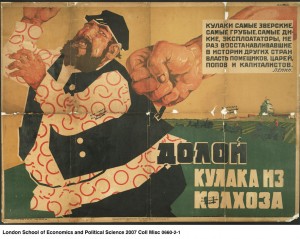You can read about the LSE Library on its web site, but so you won’t have to navigate away from the GLOW site, here are a couple descriptive paragraphs from the LSE website:
Unusual for an academic library, all materials are housed in a single site…
…Following a stunning multi-million pound building redevelopment, this is a superb environment for individual and group study: 1,740 study places include 450 networked PCs and 200 laptop drop-in points. The Library has amongst the longest opening hours of any university library in Britain, opening late into the evening, at weekends, and for 24 hours during exam time.

The Museums, Libraries and Archives Council (MLA) of the UK awarded the following citation to the LSE Library: “Designated as an Outstanding Collection.” GLOW wondered how a library could be managed that contained not only four million individual items under one roof (but also responds to 5,000 visits from students and staff each day. The LSE Library possesses a specialist national and international research collection, all of which—for visitors who physically visit the library—is available in open access shelving stretching no fewer than 50 km in total length. But access the LSE collection is also made available electronically to visitors who are physically removed from the Lionel Robbins Building. The library supports over 12,000 registered external users each year.
Did we mention the Archives held in the library, with its collection of historical posters, pamphlets, maps, lapel buttons, and broadsides? Or the 20,000 e-journals to which the library subscribes on behalf of its users? Or the recorded audio guides that are provided students to easily orient themselves to the massive collection on its shelves?
|
Setting up for the interviews |
Our preliminary interviews, this trip, naturally seemed to focus more on the the library staff than on the library’s comprehensive collection. How did they manage such a complex institution? What kind of approach did they assume towards their users? How is support provided the faculty? How does the library maintain its relevance for students in an increasingly “digital” age? How does the library manage to continue to be a center for the exchange of ideas and the formation of questions stimulated by the materials on its shelves?
We were not disappointed. Our interviews included the most lively, dedicated, and articulate set of dialogs we’ve previously enjoyed having. Viewers are in for a treat when GLOW releases its episode on the Library of the London School of Economics!
